Introduction
Working a typical nine to five job isn’t for everyone.
Heck, I’m pretty sure anyone would rather be traveling the world while running their business.
But most people consider that idea little more than a fantasy.
Remote businesses are constantly characterized by statements like:
“They never work.” Or “nobody ever gets the work done.”
But that’s simply not true anymore.
Remote employees are now way more efficient and productive than office-based workers.
A ConnectSolutions study found that 77% of workers get more work done in less time when they work remotely.
Best Buy implemented a flexible work program and saw a 35% jump in productivity.
People often associate remote work negatively with “slacking off,” but the data proves otherwise.
The rules of engagement aren’t the same anymore.
Working landscapes are changing dramatically.
Workers are ditching the cubicle for a nomad lifestyle that allows them to get work done and enjoy life to the fullest.
And thankfully, it’s still possible to run your own remote business while traveling the world.
Today we’ll look at how Minaal managed a $341,000 product launch while living their own nomad lifestyle, and then we’ll show you how you can do it.
Let’s dive in.
How Minaal launched a product while traveling the world
Doug Barber founded Minaal in 2013. It’s a fully functional, remote business.
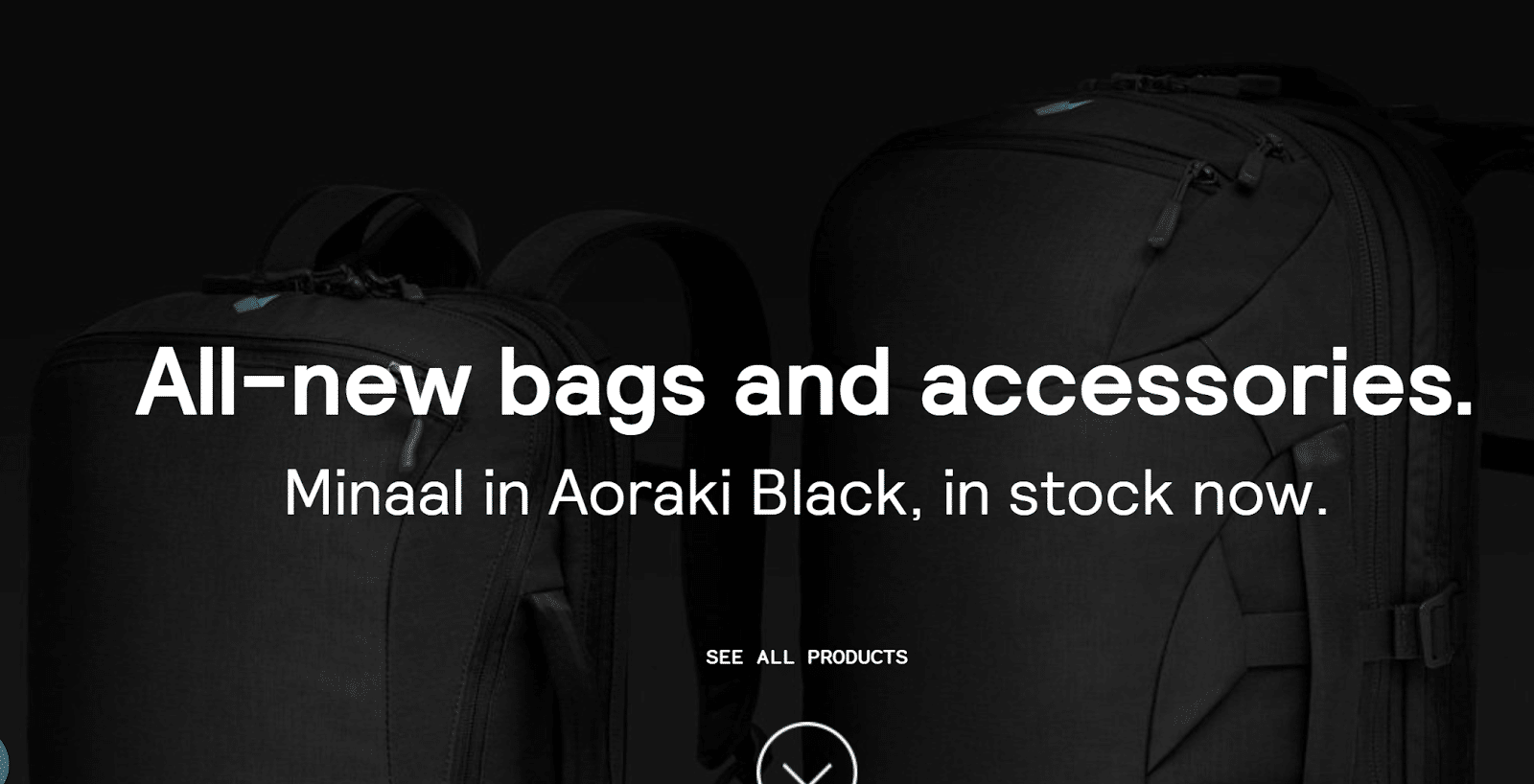
Minaal produces and sells top-notch travel gear that’s functional and rugged, yet fit for a professional atmosphere.
Traveling to two countries today and carrying your work tech? No problem.
Need to be in a formal meeting? They’ve got it covered with premium styling.
Doug said that their goal was to enter a noticeable gap in the market.
He described how their product is for people who have to present to their board in the morning yet want to take that same gear and climb a volcano in the afternoon.
The product idea was born out of a natural love for travel and exploration.
Doug and his co-founder met on exchange in Vancouver Canada.
They were both obsessed with travel, and they constantly noticed that their gear was either too rugged or too formal.
There wasn’t an in-between.
After getting feedback on the road for their concepts and designs, they decided to launch a full-scale campaign on Kickstarter.
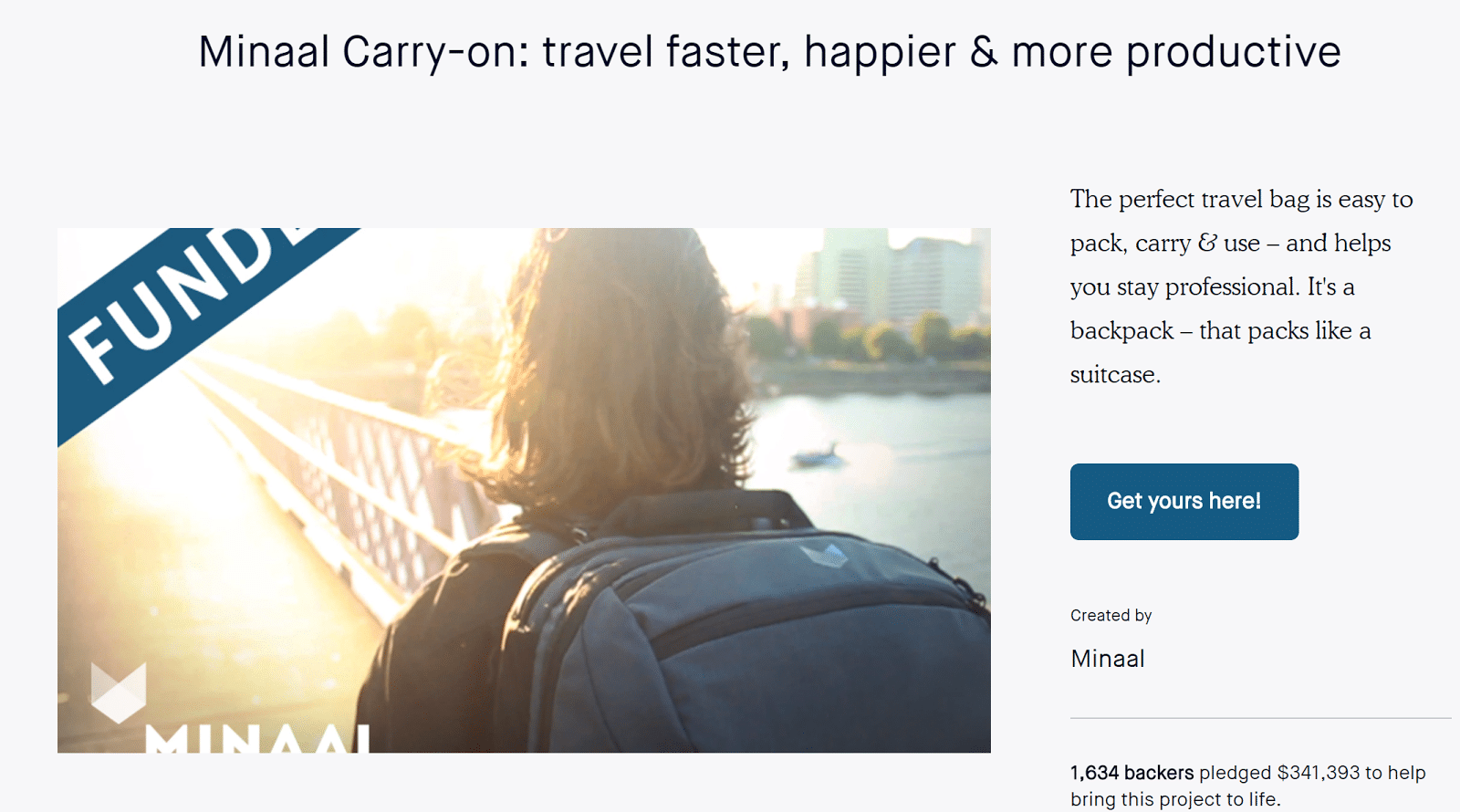


With a goal of just $30,000, they ended up raising more than ten times the amount:
$341,000 from thousands of backers.
Before their launch on Kickstarter, they made sure that they were ready to go.
They’d gone through 13-14 different iterations of their product and samples before settling on a final, ecommerce-ready product.
Doug wanted to be as prepared as possible when it came time to launch.
As an avid backer on Kickstarter, having funded different projects, he knew that Kickstarter campaigns often didn’t even have a real product yet.
While that isn’t necessarily a bad thing, it can be if preparation isn’t on-point.
So, how did they get to $341,000 while traveling the world?
Cross-promotions on Kickstarter.
They simply reached out to other intriguing campaigns on the platform asking if they’d want to do a cross-promotion.
Doing so gave them an even bigger audience and created a die-hard community around their product and fan base.
With some unique optimization techniques, they drove tons of traffic from their Kickstarter page to their site.
Minaal went on to launch a second campaign on Kickstarter that generated half a million dollars in backing by thousands of backers.
It’s safe to say they perfected the formula for generating hype around their product.
Here’s how to implement Minaal’s strategy.
How to successfully launch a product while traveling the world
Minaal was launched from different cities and countries across the globe. That’s the dream.
Are you ready to launch your product to bring in thousands of dollars in sales while traveling the world?
Step 1. Gauge interest with social brand-awareness ads.
The first step in any successful product launch is gauging interest.
Product launches often take copious hours of work, and they can be a big budget expense.
So making sure that your product has the right interest and buzz is critical.
You don’t want to jump into a product launch without the first clue if people in your ideal target market even desire your product.
To test the waters, you can start with social brand-awareness ads.
Facebook is a unique place, as it allows you to spend minimal amounts of money to acquire new visits.
In fact, you can get away with spending a dollar a day on Facebook and still generate thousands of impressions.
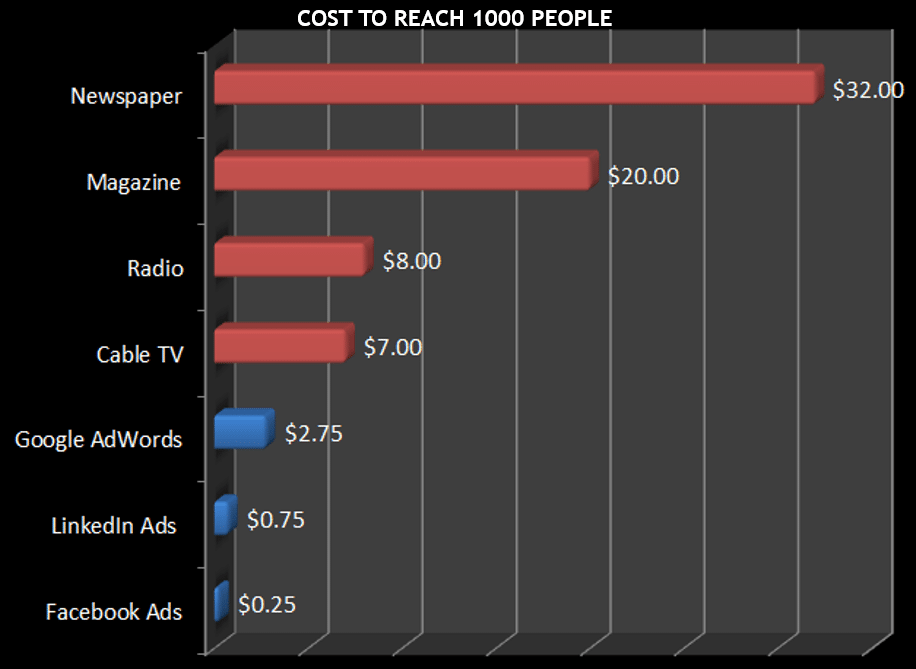


According to Moz, Facebook has the lowest cost to reach 1,000 people out of any advertising platform ever.
Just a dollar a day can get you 4,000 new impressions.
Running this test for a single month will only cost you around $30 and can help you generate the data you need to prove interest in your product.
To get started, head to the Facebook Ads Manager and create a new ad with the brand-awareness objective:
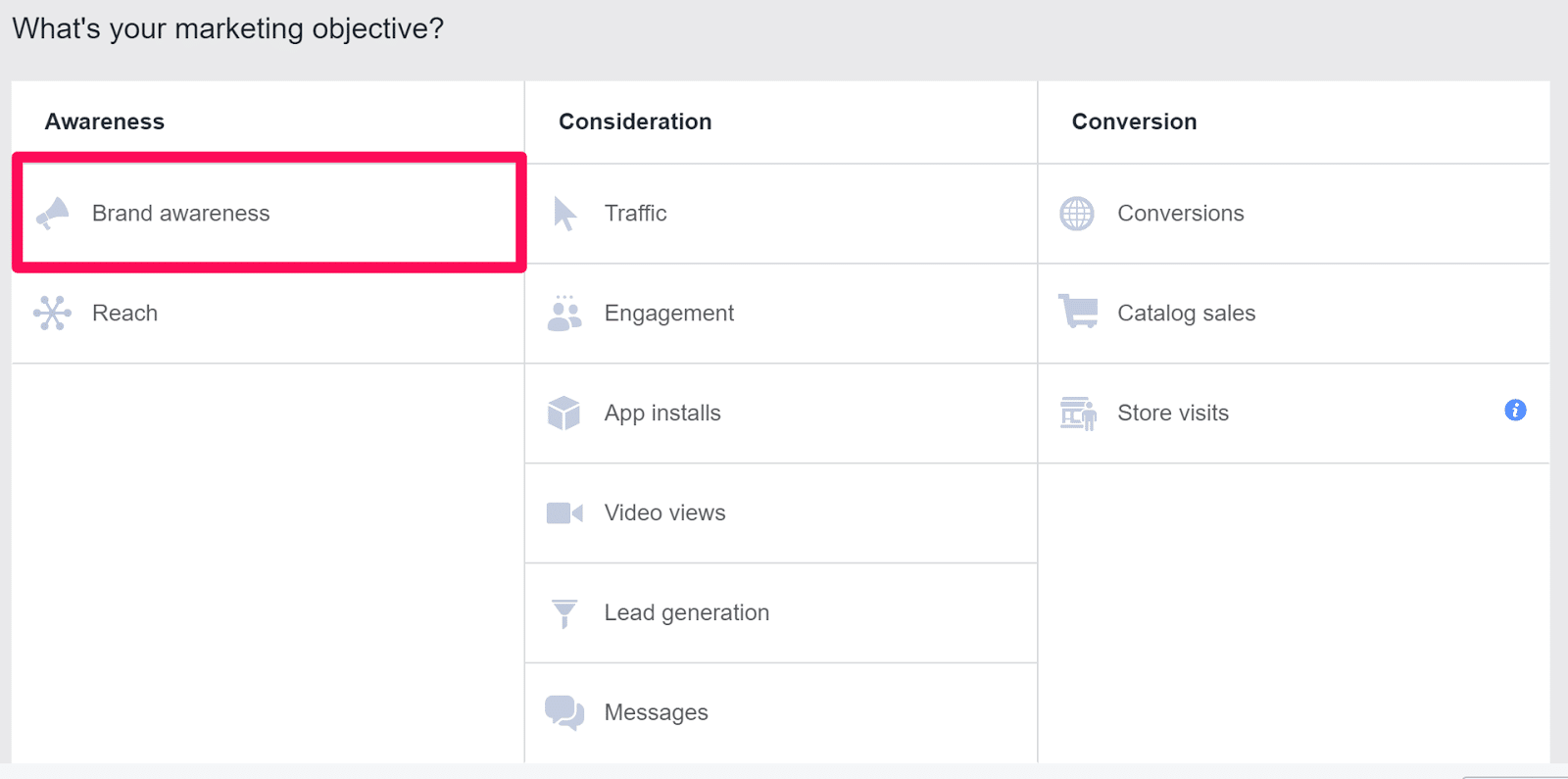


In your “Budget and Schedule” section, set your dollar amount to $1 per day:



Next, it’s time to build your own saved audience:
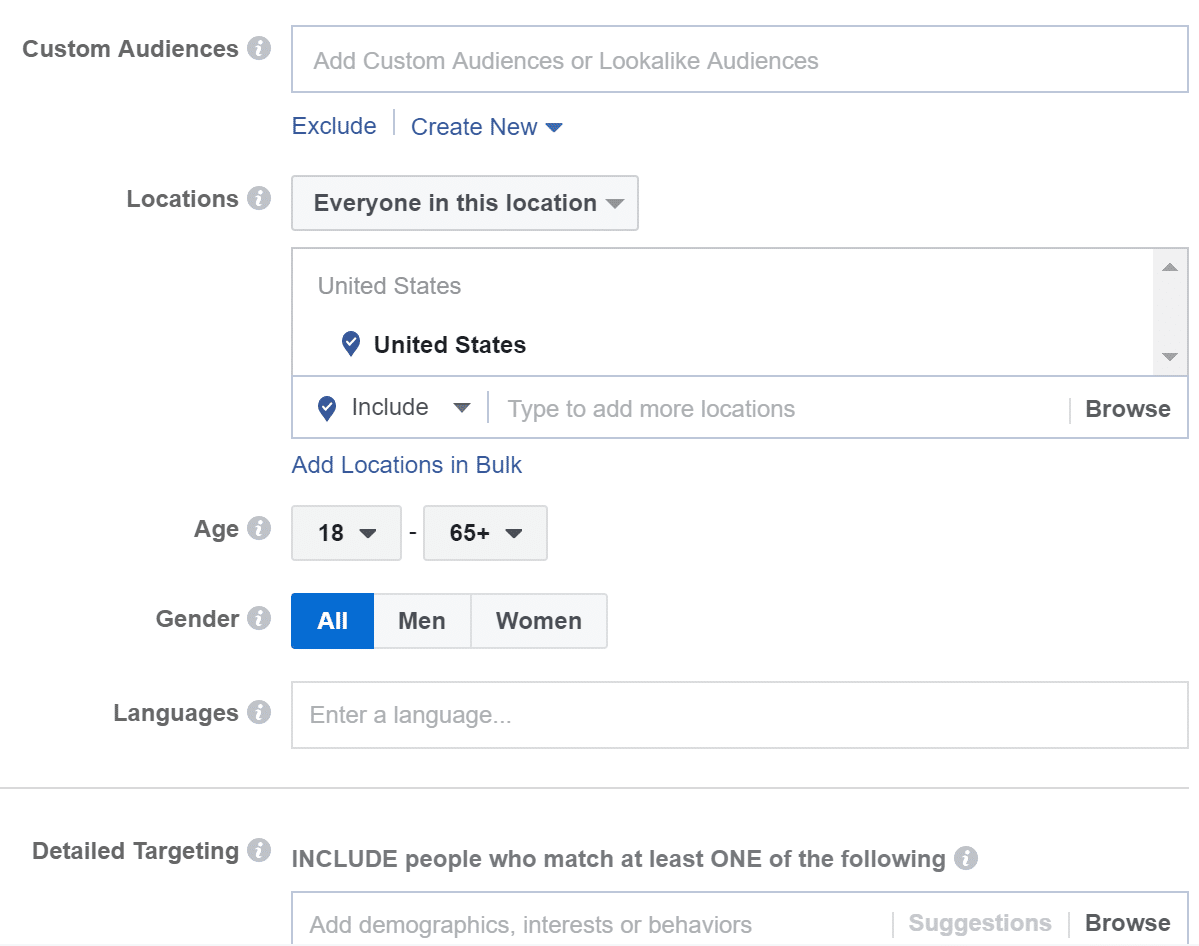


Here you want to focus on your target market’s demographics and interests.
For example, fill out the basic demographics like age, gender, and location.
Then you can get more specific with interests and exclusions:
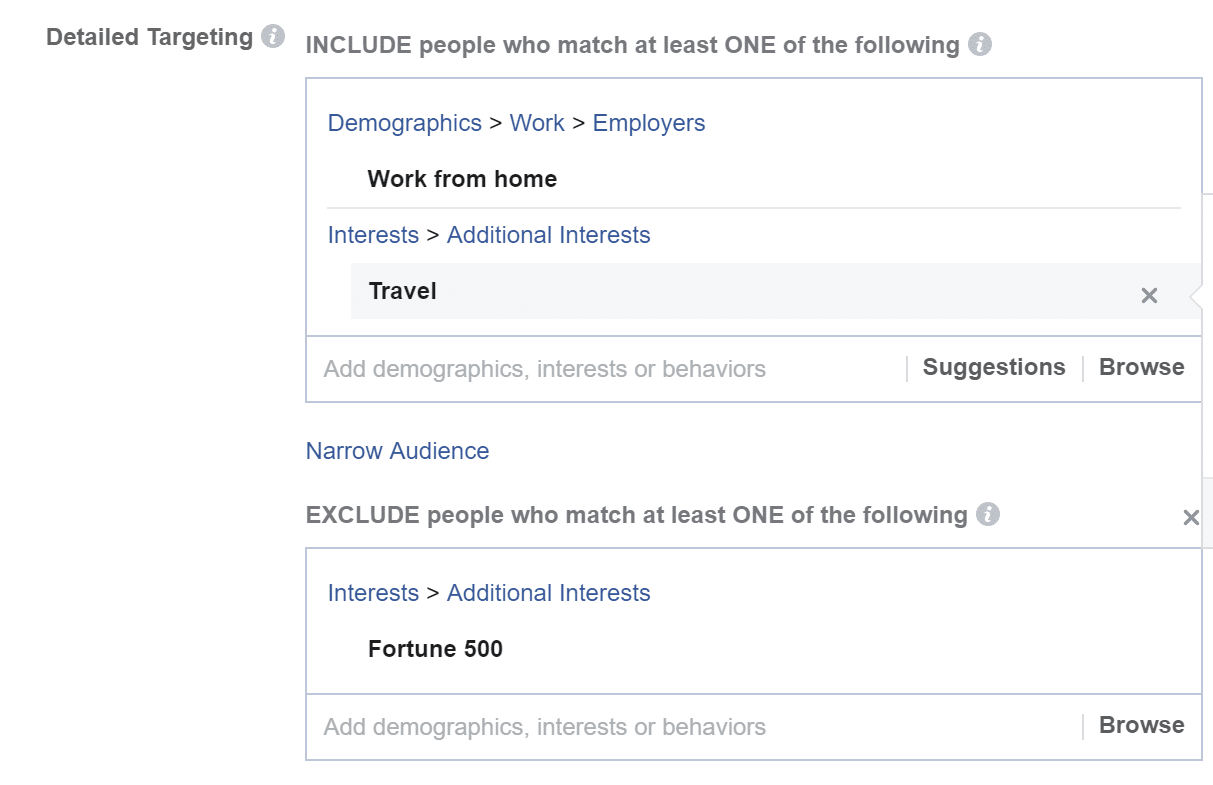


Interests will narrow down your target market to focus on specific niche things like income level, interests, job seniority, and more.
Use the exclusions tab to exclude specific segments that you think won’t buy your product.
These are powerful ways to narrow down your audience.
Next, you need to create the actual ad.
I recommend choosing either the single image or single video format.
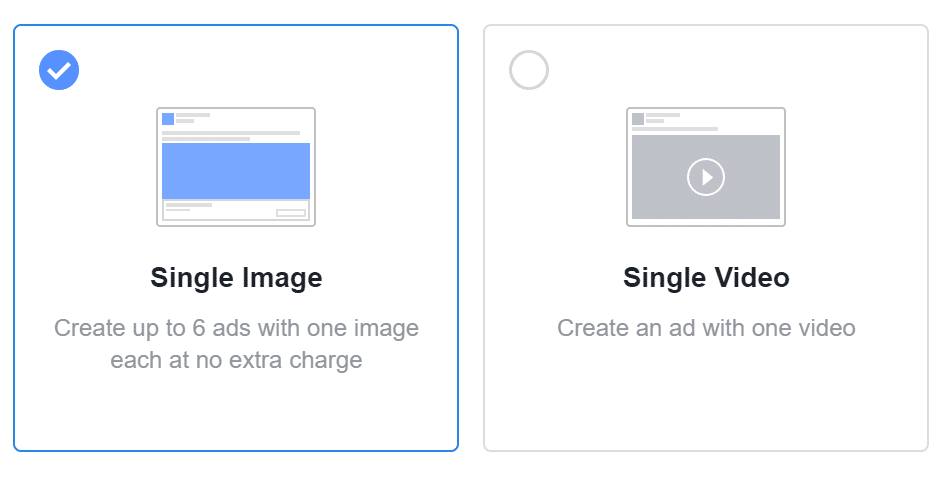


This will keep the focus on your core product.
Now you want to add a product photo, your headline, and a link.
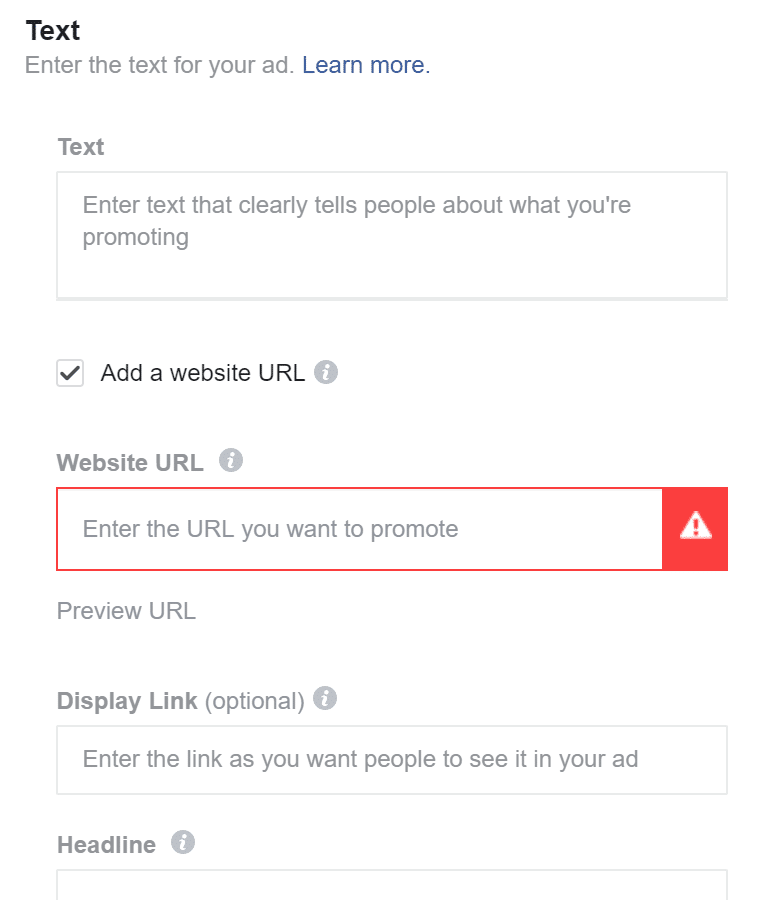


Once you’ve done this, you’re ready to launch your brand-awareness ads.
After a few weeks, analyze the feedback that you’re getting on your ads.
Are the comments positive?
Do people want to order it?
What has the engagement been like?
If you start receiving great feedback, it’s time to move to step 2.
Step 2. Run a test order to show proof of concept.
Now that you’ve proven an interest in your product, it’s time to translate that into sales.
Even if you don’t have the product created yet, you can still conduct test orders to show a proof of concept.
If you end up failing, you can always refund the customer.
The goal here is to test a pre-order and prove that your idea will sell.
Even if the cost per acquisition isn’t amazing at first, it’s just a test. This is all about finding out if your product will sell.
Later down the line when you scale and sell more, your costs will drop dramatically.
To get started, create a base store on Shopify.
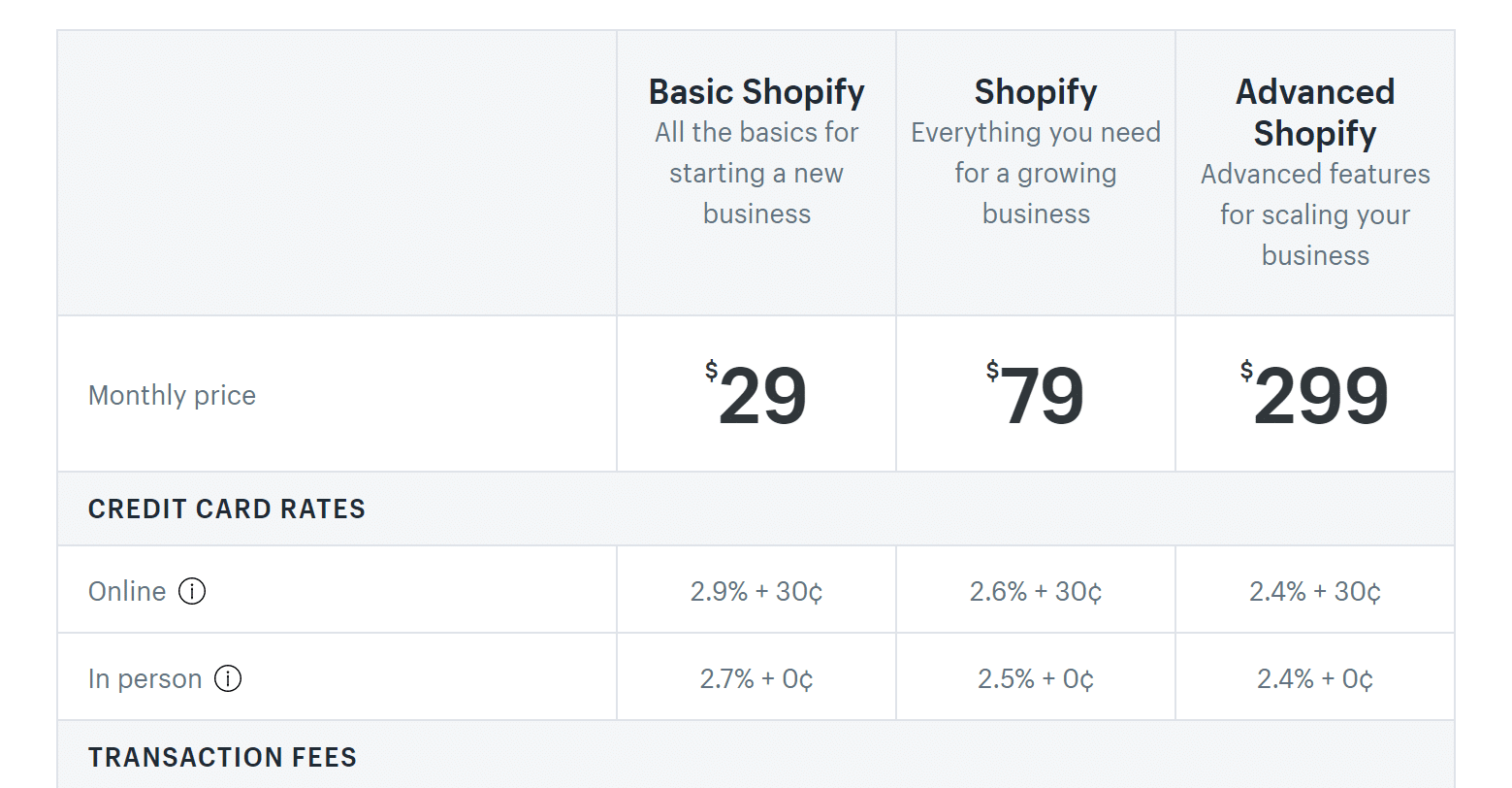


Base accounts are only $29 per month, making it a relatively cheap way to test the proof of concept even for just a few weeks.
Create your store and get your site off the ground.
If you already have your own site, you will need to integrate an ecommerce setup that allows you to conduct sales.
You can easily do this with a Stripe integration to collect customer information and manage your ecommerce.
Start by adding your product and creating a simple site that focuses on the brand, your vision, and the products you sell.
After you’ve created a simple Shopify store, you can set up a custom landing page using the Launchrock platform.
Their simple website builder is free, and they’re designed for early startups looking to skyrocket their customer acquisition.
The toolsets they have allow you to collect tons of emails and customer info.
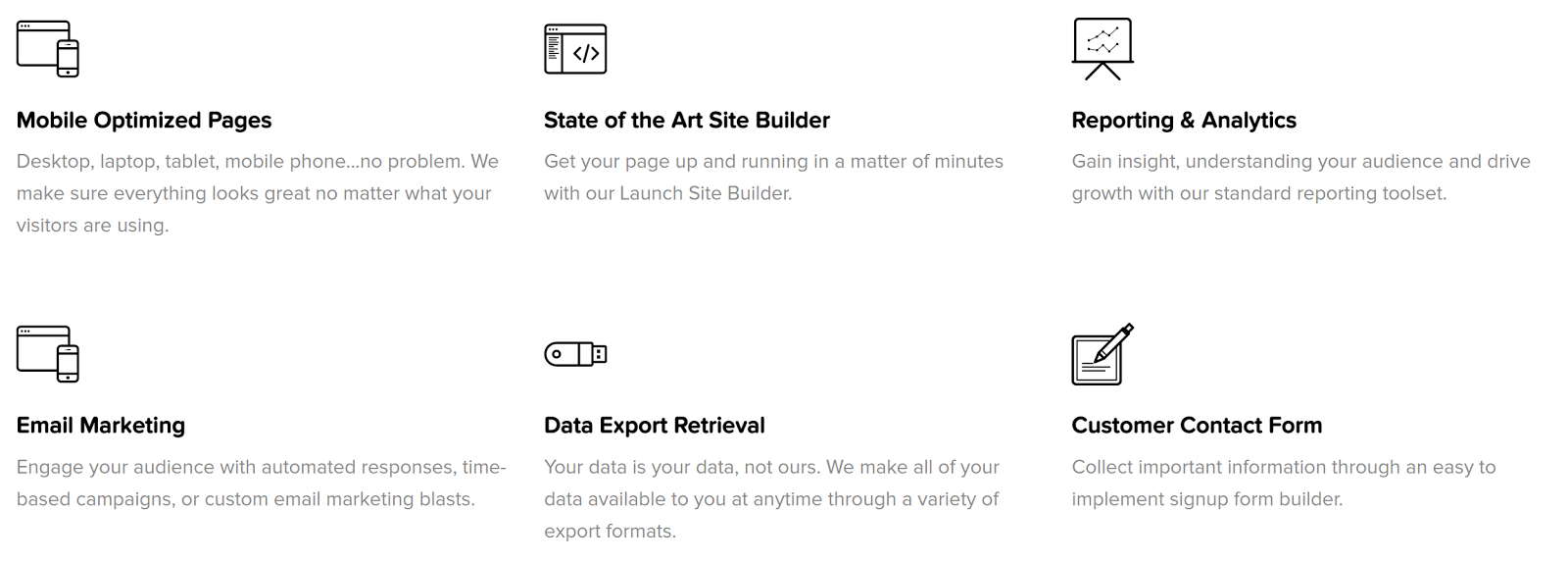


Tons of successful startups like HotelTonight have used the platform to launch their companies.
Once you’ve directed traffic from your Facebook Ads to your landing page, you can start collecting emails.
Now take those emails and start a new email campaign that attempts to generate pre-order sales.
Offer them an initial discount to get them interested, and make it a limited-time offer.
Urgency drives conversions.
You can create discounts right within Shopify, too.
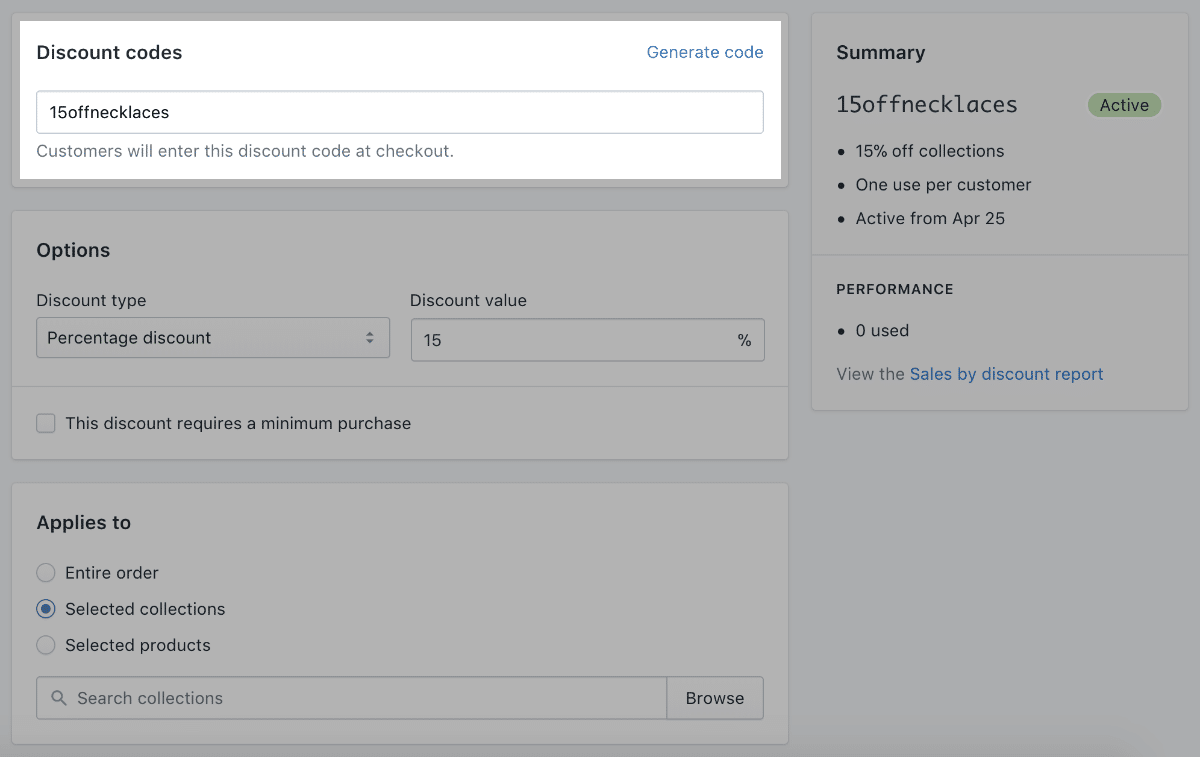


Create a custom discount code with a limited-time offer to test your proof of concept.
You should easily be able to leverage your email list by offering discounts, but you can also use remarketing tactics on Facebook to remarket your brand-aware users from the previous step.
Simply create a new custom audience based on website visits from those ads to bring them back to your site to convert on a pre-order.
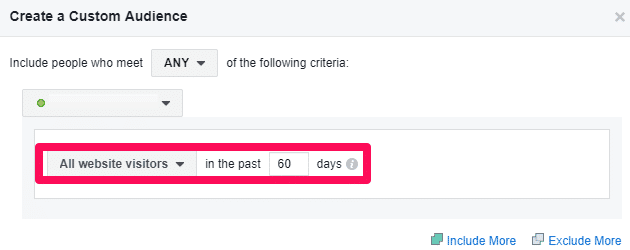


Structure your offer with the same discount and limited timeframe to drive fast conversions.
Once you’ve generated some pre-order based sales, it’s time to launch your product.
Step 3. Launch your campaign on Kickstarter, optimize your profile, and run cross-promotions.
The key to Minaal’s success on Kickstarter was optimization and cross-promotions.
Giving themselves the necessary tools to stand out among the thousands of other campaigns on the platform.
Kickstarter is one of the best platforms around when it comes to crowdfunding.
But it’s saturated.
At any given time, there are thousands upon thousands of live campaigns:
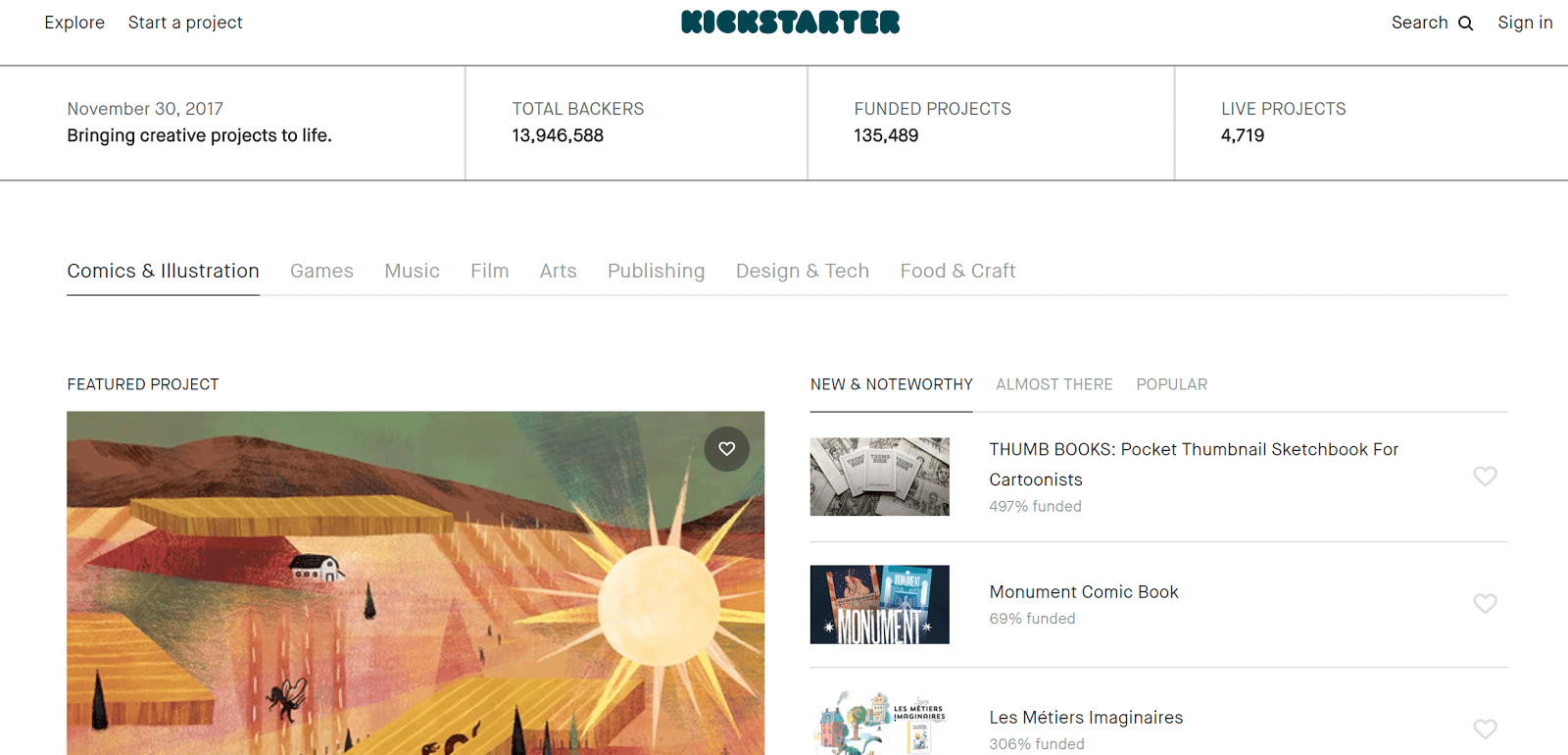


Nearly 5,000 at the time this screenshot was taken.
That simply means that it’s becoming harder and harder to stand out.
Thousands of companies are trying to reach their product launch goals.
You need to stand out from the rest and capitalize on your momentum from your testing and brand awareness.
Start by creating and fleshing out your Kickstarter campaign.
To get started, click “Start a project” on the homepage.
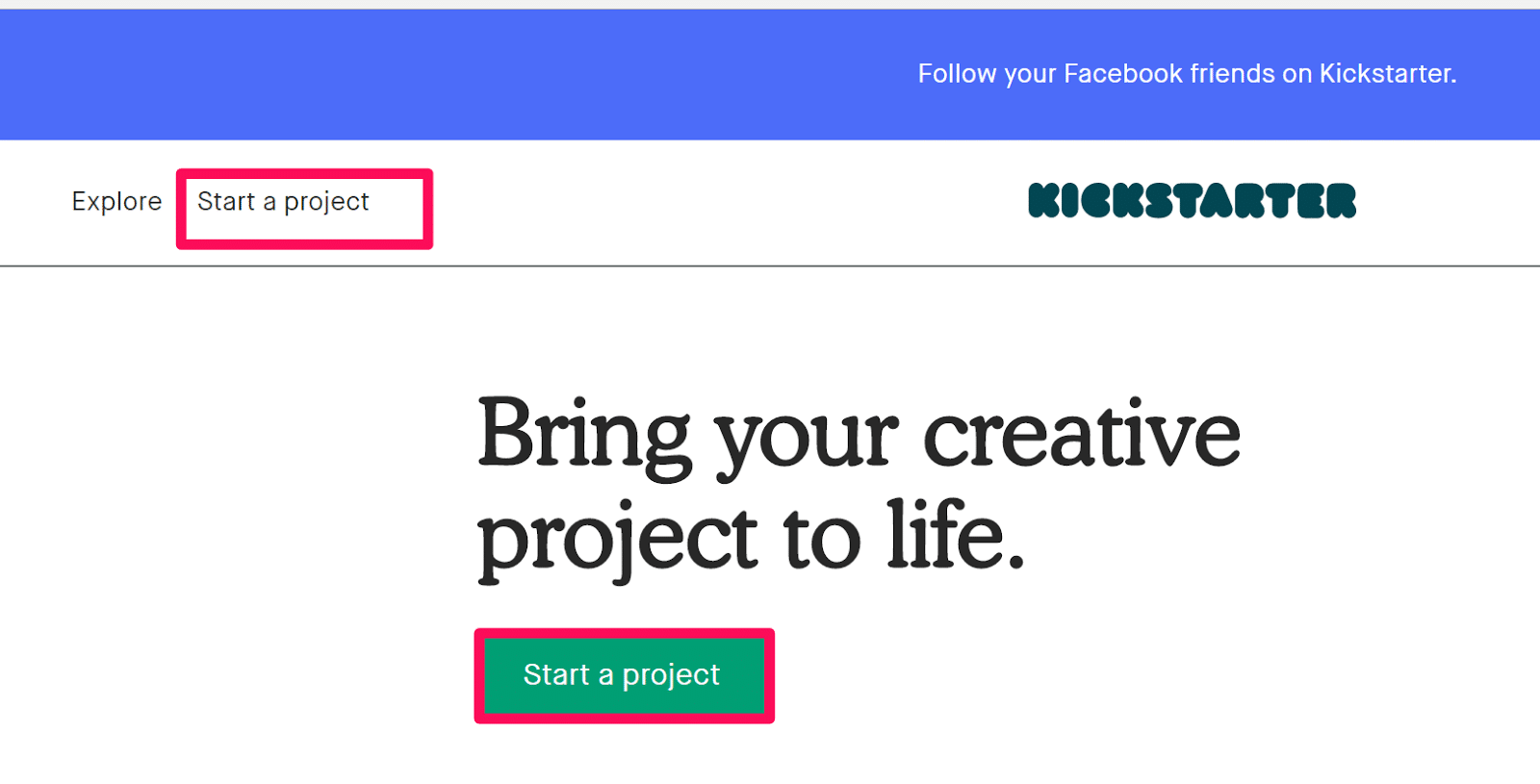


Give your project a category, a title, and your permanent place of residence:
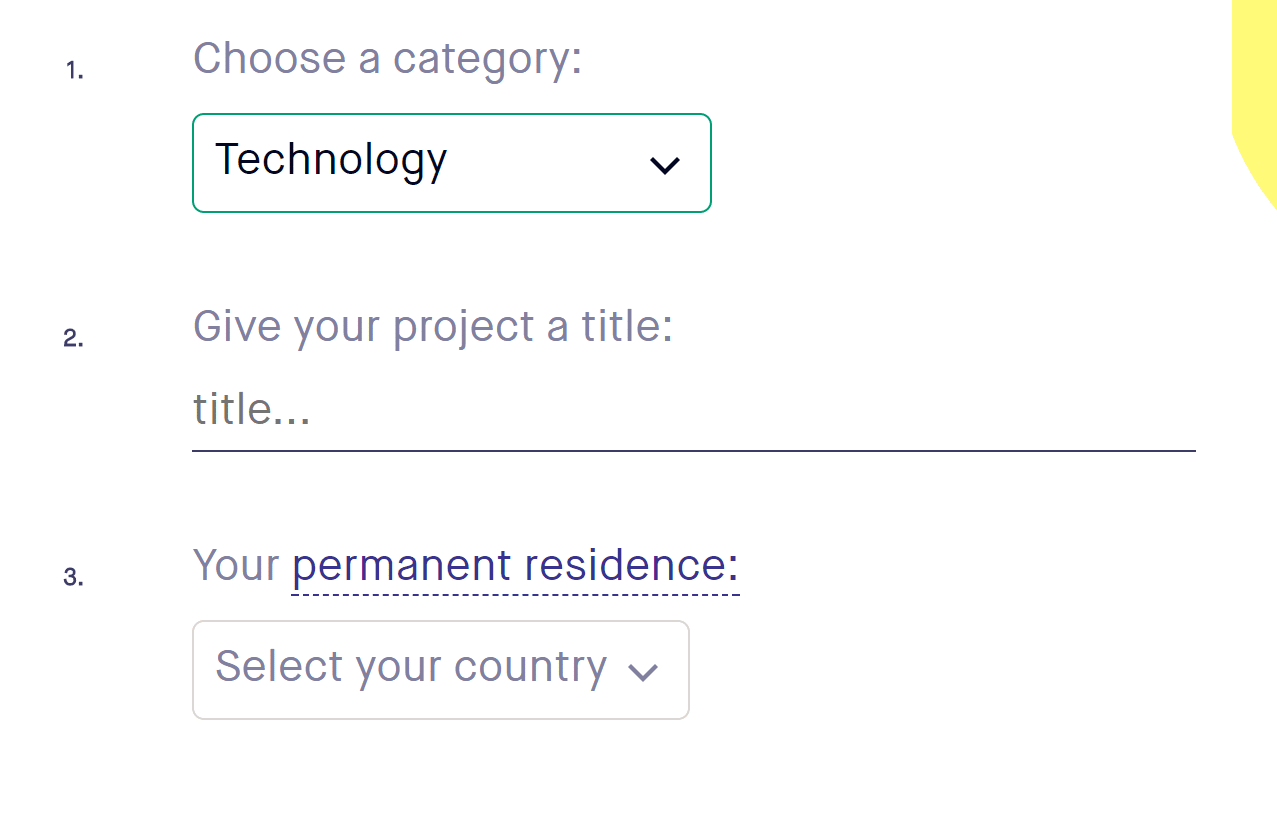


From here, it’s time to conduct some optimization that will help you capitalize on the traffic that your campaign will get.
You need to optimize Kickstarter for one reason:
After your campaign ends, Kickstarter will lock your page.
Meaning you can’t edit anything on the page after the campaign is closed.
So you need to get everything about your business on the page to give you the maximum SEO benefit.
Kickstarter campaigns will often generate tons of comments and shares, so it’s critical to have all of your links and social profiles connected.
Under the “Accounts” section of your settings, start by linking your social profiles and adding important links:



First off, make sure that you’ve linked your Facebook account to your campaign:



This will help direct users to your business page, and it doesn’t require you to waste a link in the bio section.
Next, under the “Websites” section, be sure to add the most important links for your business.



Add each social media channel you’re on, as well as your store website.
You can even add specific landing pages.
In fact, I recommend creating a specific landing page for Kickstarter traffic.
This will allow you to segment your traffic and provide a landing page with a custom offer.
Another secret place to add links is within the “Story” section of your page.
Campaigns often neglect the link feature in this section or don’t even know it exists.
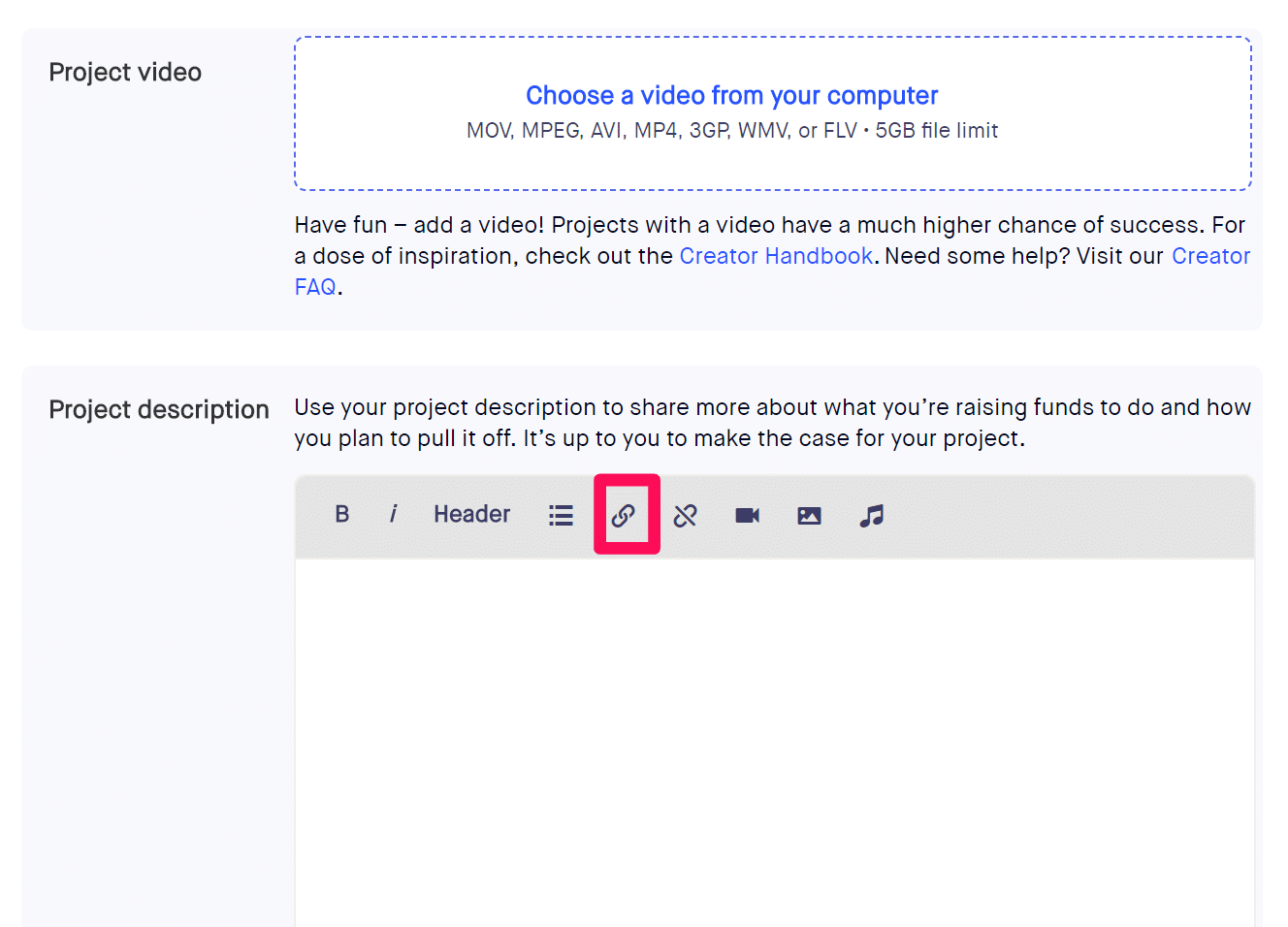


You can add links to your story and product description.
Take advantage of this by throwing multiple links for your social profiles and other pages of your site.
Kickstarter campaigns naturally generate a lot of buzz.
They promote comments, votes, and shares.
And if you link your accounts and website, you can capitalize on that buzz and turn it into converting traffic.
So always link your social accounts and be sure to create your own landing page for Kickstarter traffic.
Once you’ve optimized your Kickstarter for maximum impact, it’s time to run some cross-promotions with other Kickstarter campaigns.
The key with cross-promotions is to find campaigns with products that you think would have comparable customers.
Remember: you don’t just want traffic to your Kickstarter campaign. You want and need targeted traffic.
Traffic that will like your product, not traffic that will simply bounce.
To scout other campaigns, head to the Kickstarter homepage and look at the trending campaigns:
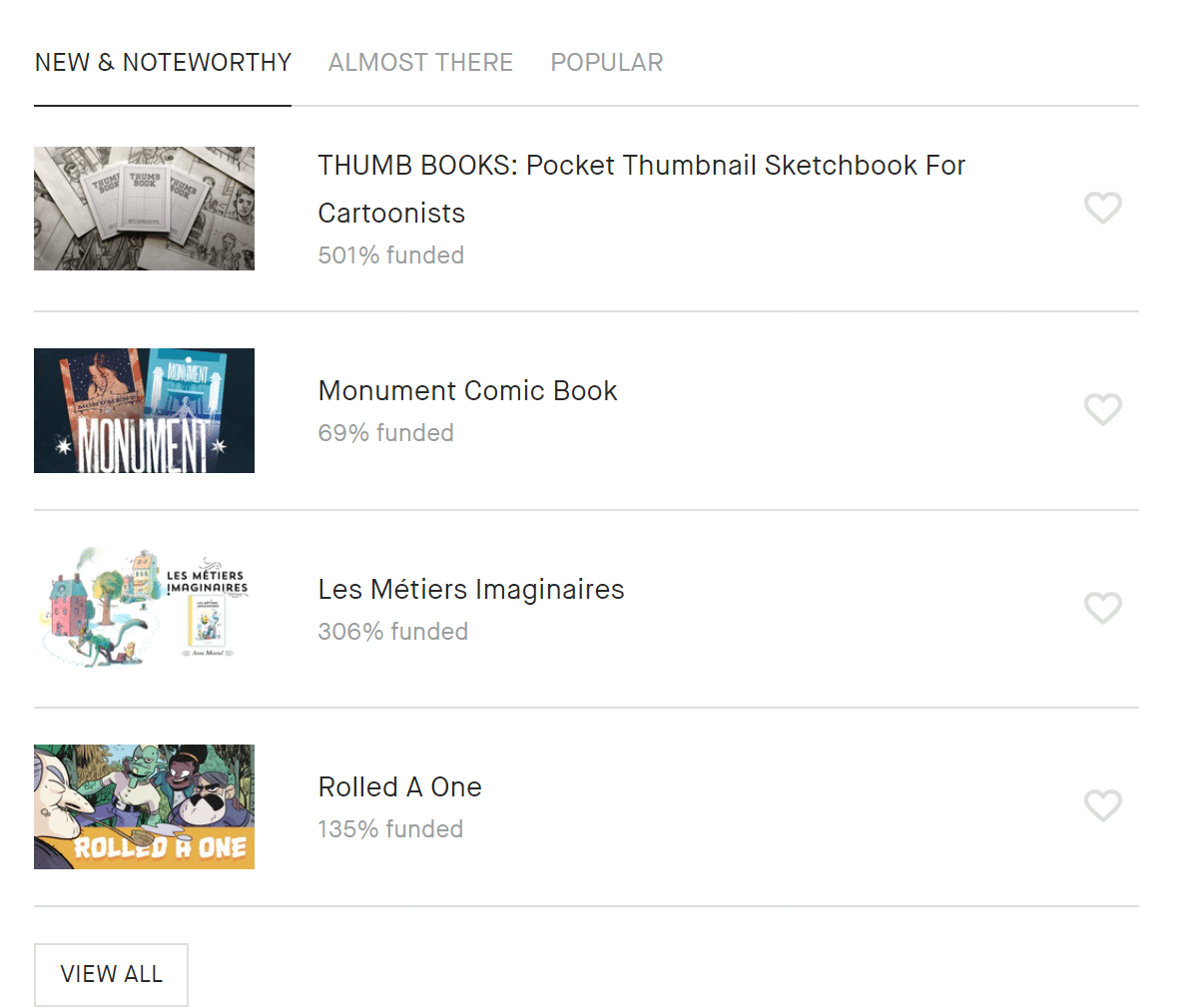


Try to find campaigns that aren’t funded yet on the “Almost There” tab:
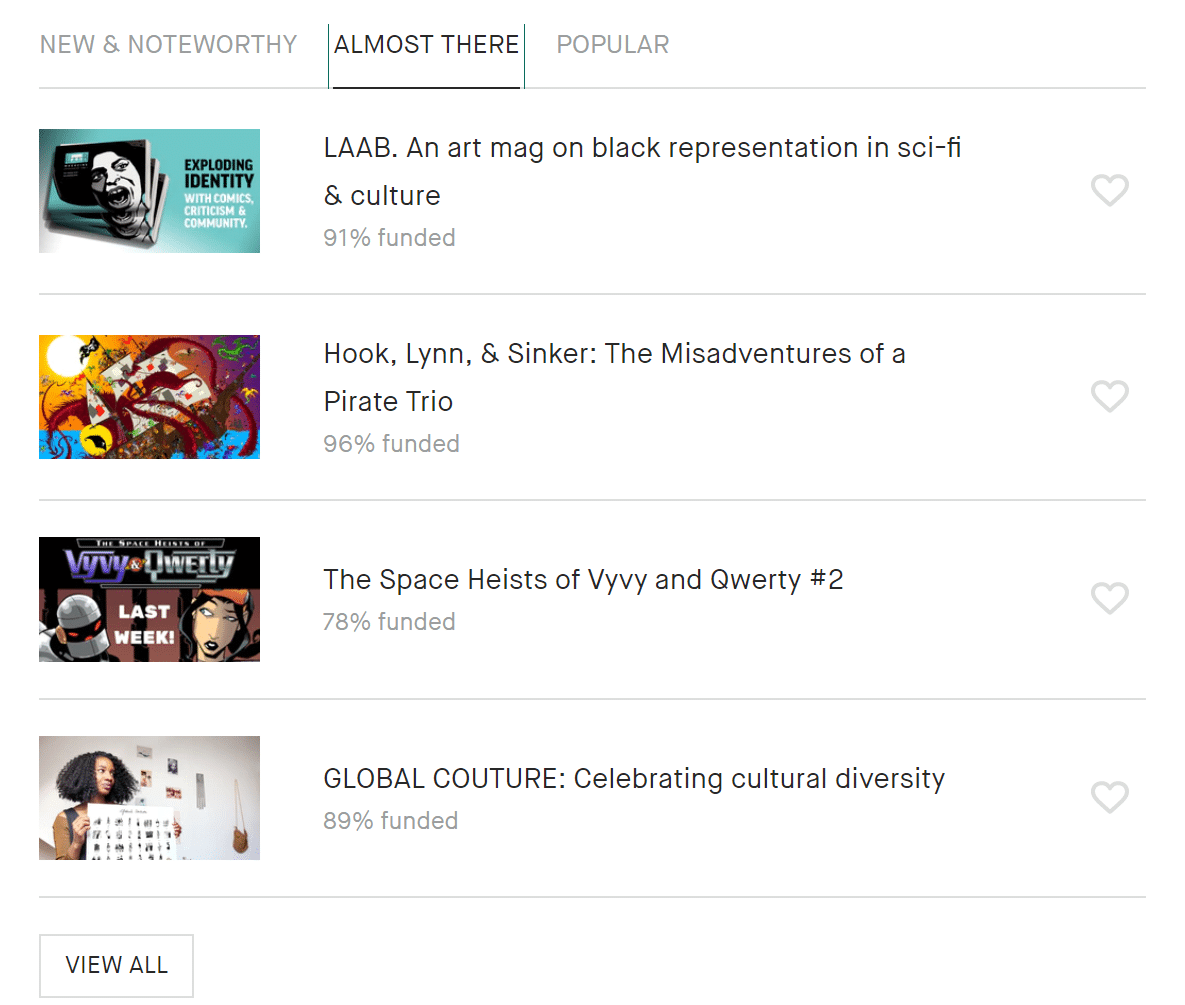


Doug of Minaal used this strategy of simply contacting multiple campaigns and asking if they’d be interested in a cross-promotion.
It’s that simple.
If you can offer mutual value to another campaign and your product isn’t a direct competitor, they’ll likely help you.
To contact a given campaign or company, simply click on their campaign and then click on their company profile:
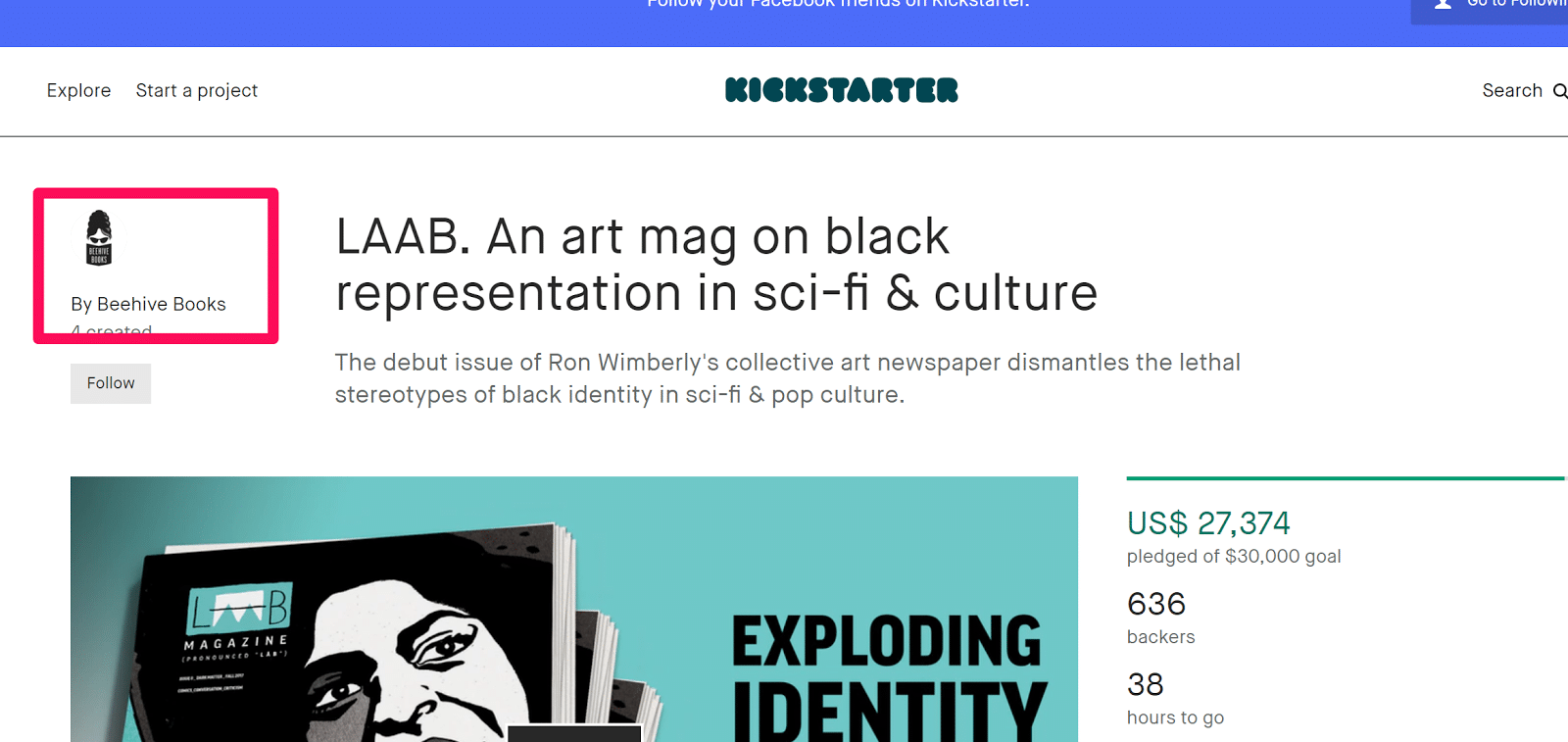


Next, you should see a large, blue “Contact me” button:
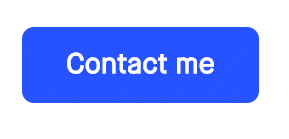


We’ve made a custom template here that is sure to land you some cross-promotions:
Hey ___
We love your product and have decided to back it!
We too have a campaign running on Kickstarter for ___.
We’d love to run a cross-promotion with you on social media.
I think we can both generate some great buzz with our profiles.
Looking forward to hearing back.
Cheers!
___
Implement this, and you’ll be on your way to a successful remote product launch.
Recap: TL;DR
Most people think that remote businesses are a joke.
That they get no work done.
They’re inefficient. People slack off.
But that’s simply not the case anymore.
Most studies show that remote workers are happier, live healthier lifestyles, and are more efficient than non-remote workers.
Minaal is a prime example of that.
Doug and his co-founder, Jimmy, traveled the world together while launching their product that brought in $341,000.
By optimizing their Kickstarter campaign, generating buzz with cross-promotions, and testing their product on social channels, they were able to explode their business growth from the start.
And they did it all while traveling the world.
The dream of a remote business that can function anywhere in the world isn’t a pipe dream anymore.
It’s a reality for thousands of businesses.
To have a successful product launch while being remote and traveling, focus on generating buzz about your product on social channels.
Get feedback and adapt. Optimize your Kickstarter campaign and conduct cross-promotions with other popular campaigns.
Try running test launches to gauge interest and develop a proof of concept.
You can even use a tool like Launchrock to build an email list of interested users and create hype before the launch.
It’s all about creating and generating enough buzz to get your product off the ground fast.
Now it’s your turn
You have the tools at your disposal.
It’s time to take your product and launch it to bring in over $300,000 while traveling the world.
Follow these steps and get your launch started in a positive direction.
What are some of your best tips for a successful product launch? How do you travel the world while maintaining your business?

Comments